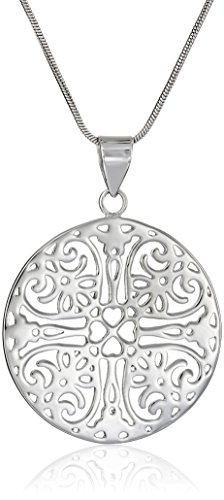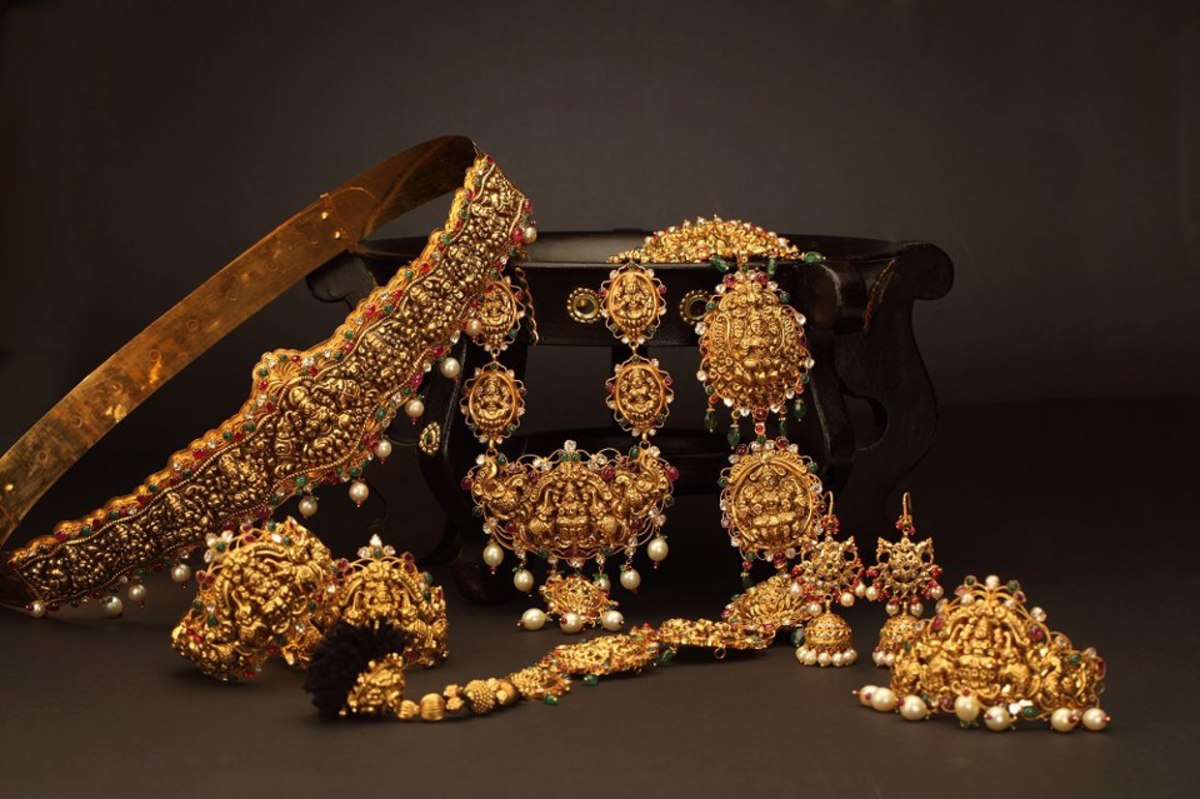How to Make a Decision While Shopping for Jewelry
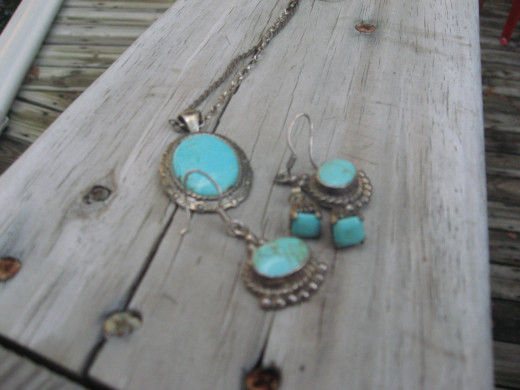
Buying Jewelry
Evidently, you’re thinking about buying jewelry. Otherwise, you probably wouldn’t be here. How to make a decision while shopping for jewelry? What type of jewelry are you in the market for? Do you know where to find discount jewelry? Unless you have lots of time to spend in order to buy jewelry, it’s best if you have some definite ideas about what you want before you’re presented with a world of overwhelming choices. You can narrow down your search in several ways. If you’re buying jewelry that includes gemstones, you can shop by color or by specific stones. You can also decide beforehand which type of precious metals or metal you want the setting to be. Do you want silver jewelry, gold jewelry, or platinum jewelry? Are you shopping for a bracelet, a ring, a necklace, or matching sets? Do you want natural stones, or are synthetic gemstones okay? Something else you need to do to buy jewelry safely is to check out the seller or store. You’ll need to set a hard price limit, too, so you won’t wreck your budget. Jewelry can be extremely beautiful and tempting, but just because an article looks good doesn’t necessarily mean that it’s quality jewelry that will hold up for years. If you want to know how to make a decision when shopping for jewelry, the following tips are a good place to start.
How jewelry is made:
Discount Jewelry
How to choose jewelry can be an important and costly process. Why pay full retail price when you can buy discount jewelry? Discount Jewelry doesn't mean jewelry of inferior quality. Sometimes you can find good deals on jewelry when jewelry stores run sales and specials. That includes local jewelry stores and online jewelry stores. If the merchants are in the United States, they have to follow certain federal guidelines. If the articles are stamped appropriately, you should feel confident when purchasing jewelry at reduced prices from reputable dealers and stores.
Amazon has some amazing prices on jewelry! Some items are offered for sale at less than half the suggested retail price. You'll find a huge selection, too, including cuffs, bracelets, rings, pendants, charms, chains, and earrings. You can find jewelry for women, men, and children. Gold jewelry, silver jewelry, platinum jewelry, items in white gold, and vermeil articles. If you're searching for jewelry for gemstones, Amazon has a great selection. I've found pieces with precious stones like diamonds, rubies, emeralds, and sapphires. They also have items with semi precious stones, including amber, alexandrite, amethyst, peridot, garnet, citrine, aquamarine, onyx, turquoise, jade, and lots of other stones. Check 'em out! I included just a few examples below, but you can see more by clicking any of the displayed items.
You can feel secure about buying discount jewelry from Amazon. They have a wonderful reputation for quality, honesty, and impeccable customer service. I've bought lots of stuff from the site, and I've never had any problems. I've never been disappointed with anything I've ordered, either. Something you might not know about Amazon is this: You can finance your purchases. If you pay off the balance within six months, you aren't charged any interest.
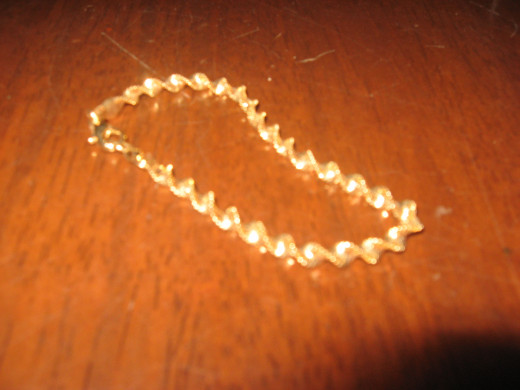
Gold Jewelry
Gold and gold jewelry have been coveted by mankind for thousands of years. But how do you know what you’re getting? Gold’s purity is measured in karats, and 24k gold is pure gold and has to be at least 99.7% pure gold. It can be hard to find a jewelry item that’s pure gold because gold is soft. Other metals are added to make the piece harder, and these metals can also change the appearance and color of the gold. For yellow gold, silver, copper, and zinc are most often used. For white gold, palladium, platinum, nickel, and zinc are used.
Gold jewelry should be stamped with its purity, by karats, along with the manufacturer’s trademark. The stamp is usually found in an inconspicuous location, like on a clasp of a necklace or bracelet or inside the band of a ring. If the stamp reads 24k, it means the item is pure gold. If the stamp reads 22k, the item is 91.6% pure gold. Gold jewelry stamped 20k is 83.3% pure, and 18k is 75% pure. The most popular type of gold jewelry in the U.S. is probably 14k gold, meaning that the item is 58.5% pure gold. 10k means the piece is 41.7% pure gold.
If you’re not quite confused enough yet, there’s more. Less expensive gold jewelry might be gold filled or gold plated, or it might be described as having a gold overlay. Terminology is important here. With gold-filled jewelry, a less expensive metal is bonded with gold. The gold has to make up at least 5%, in weight, and it should be stamped GF after the karat, or K. For example, an item that’s stamped 14KGF means that the piece contains at least 5% in weight of 14k gold.
Gold-plated jewelry is made by processing a base metal article and bathing it in a gold-containing solution. Such pieces are inferior to gold-filled pieces because they contain less than 5% gold. Gold electroplate must contain at least 10k gold, in a layer that must be at least seven millionths of an inch thick on the base metal.
With gold overlay, there should be a stamp that signifies how much gold and of what purity was used in making the item. For example, an item marked as 1/50 14k means that the jewelry is comprised of 2% 14k gold.
You might also run across gold jewelry that’s described as being “gold-washed” or “gold layered.” That means the layer of gold is less than seven millions of an inch thick and could be as thin as one millionth of an inch thick.
Should all these terms be a concern for you? After all, if the gold completely layers the outside of a piece of jewelry, won’t the jewelry be just as attractive? The problem is that the gold wears away, leaving the base metal exposed. Obviously, the thicker the layer of gold, the longer it will last. Of course, the thicker the layer of gold, the more expensive the item will be, too.
Buy Gold Jewelry:
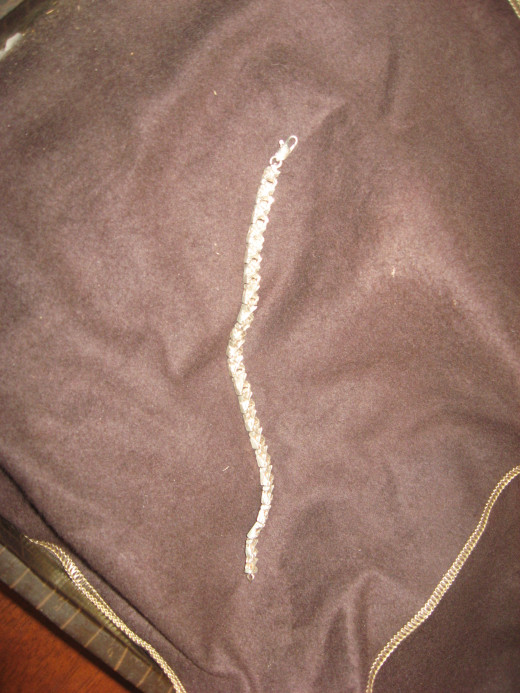
White Gold
Have you ever wondered what white gold is? Since pure gold is yellow, how is it turned white? White gold is made by combining gold with nickel, silver, palladium, or manganese, which are all white metals. Sometimes copper might be added to make articles more durable and more malleable. When copper is used in white gold, zinc is often added to counteract the copper color, making the alloy whiter in appearance.
Some people mistakenly refer to white gold as platinum, but they’re not the same. Platinum jewelry is more expensive than jewelry made of white gold. As for purity, white gold is graded the same way yellow gold is. For example, jewelry that’s stamped as 14k white gold contains the same amount of pure gold that 14k yellow gold has. The only difference is the other metals that are added.
Vermeil
Vermeil is a popular material for jewelry, and you’ll probably see the term when you’re jewelry shopping. The term is used to describe a metal that’s a mixture of gold and sterling silver, along with other metals. In most cases, a vermeil piece is made of sterling silver and then plated or layered with gold that’s at least 10k. In addition, the gold coating has to be at least 2.5 micrometers in thickness in order to qualify as vermeil.
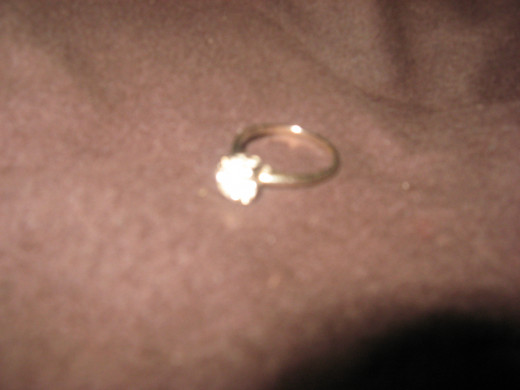
Platinum
Platinum is a rare precious metal, and like gold, it’s often combined with less expensive metals in the making of jewelry. It might be combined with palladium, copper, rhodium, osmium, cobalt, iridium, or ruthenium. To be sold as platinum jewelry, an item has to contain at least 50% pure platinum. A piece marked as “platinum” contains at least 95% pure platinum. An item marked “850 Plat.” means that it contains at least 85% pure platinum.
Platinum is sometimes combined with palladium, a rare precious metal in the platinum group. Palladium is less expensive than platinum, and it’s harder and more resistant to scratching. Even so, palladium is much lighter in weight than platinum is, and it has the same white luster. If you find jewelry marked as “700 Pt. 300 Pd.,” it means that the article is 70% pure platinum and 30% palladium.
Platinum jewelry really makes a statement. It has a beautiful luster, and it holds its value well. Believe it or not, you can find discount jewelry that's made of platinum. Notice I didn't say cheap jewelry or inexpensive jewelry. Platinum isn't either. You can save hundreds or even thousands of dollars on platinum jewelry, however, if you know where to look.
Buy Platinum Jewelry:
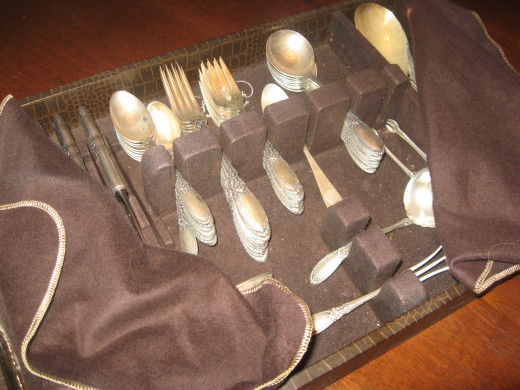
Silver Jewelry
Silver jewelry has always been popular, and there have been points in history when silver was more prized than gold. Silver jewelry, like gold jewelry, is sometimes made of a combination of silver and less expensive metals. Copper is often used, but other metals like zinc and germanium might be used. Britannia silver, for example, is 95.84% pure silver, while sterling silver is 92.5% pure silver. Mexican silver usually ranges from 92.5% pure silver to 95% pure silver.
How do you know if a piece of silver jewelry is real silver? In the United States, the company’s trademark should be on the item, along with “ster,” “sterling silver,” “sterling,” or “925.” If a piece of silver jewelry is marked “800” or “800 silver,” it means that the item contains only 80% silver. In the United States, silver items have to be at least 90% silver in order to be labeled as silver.
Like gold, silver is often “plated” over a lesser, cheaper base metal. The main ingredient here is often nickel, to which many people are allergic. In addition to being called “silver plated,” such items might be referred to as being “silver layered” or as having a “silver finish.”
Other confusing descriptions when purchasing silver items are “German silver,” “nickel silver,” and “Alpaca silver.” None of these metal combinations are real silver. In fact, they don’t even contain any real silver. Nickel silver is comprised of nickel, copper, and zinc, as is German silver. Alpaca, or alpacca, is comprised of nickel, tin, zinc, and copper. The only thing “silver” about these types of jewelry is the color.
You might also find some items that are described as Tibetan silver. Be advised that this type of alloy usually contains very little silver. In fact, it's more like pewter. Tibetan silver is made with copper, nickel, and/or tin, with just a very small amount of pure silver.
Buy Silver Jewelry:
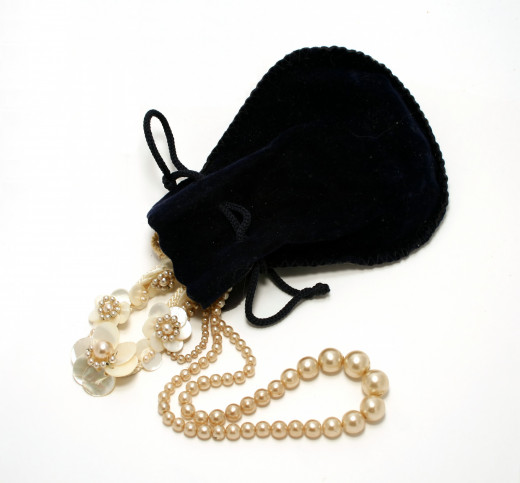
World's Rarest Gemstones:
Gemstones
The term “gemstones” can be confusing. Not all of what we often call gems are minerals, at all. Some are true stones or rocks, while others aren’t mined from the earth. Consider the pearl, for example, which is created by the oyster. Another example is amber, which isn’t a stone, at all. Amber is resin from trees that has been fossilized. Still another example is jet, often used as a black gemstone, although it’s created from decayed wood. What about coral? It’s not really a stone or rock, either. And are you familiar with mother-of-pearl? It’s used to make buttons and jewelry, but it’s not a stone. It’s found on the inside of the shells of some mollusks.
Sometimes it’s hard to make up your mind about which stones you like best. With new discoveries and processing, you can find gemstones in every color and shade you can think of, along with every type of luster. If you’re shopping mainly for color, you might want to consider less expensive stones that have the same brilliance and color as more expensive gemstones.
How Synthetic Gemstones are made:
Synthetic Gemstones
You’ve probably heard of synthetic gemstones, but this is another term that can be confusing. There are “fake” stones that might be made of colored glass or even hard plastic. There are also cheaper stones that are sometimes passed off as authentic precious gemstones. Then there are synthetic gemstones that can be completely different from these other examples. Gemstones can be created in laboratories, using the same elements found in the natural stones. Specialized lab equipment is able to mimic the heat and pressure that naturally occur in the earth to create gemstones. In effect, such synthetic gemstones are “real stones” and are just as hard, just as colorful, and just as lustrous as gemstones that were mined. Of course, the synthetic gems are usually only a fraction of the cost of natural gemstones.
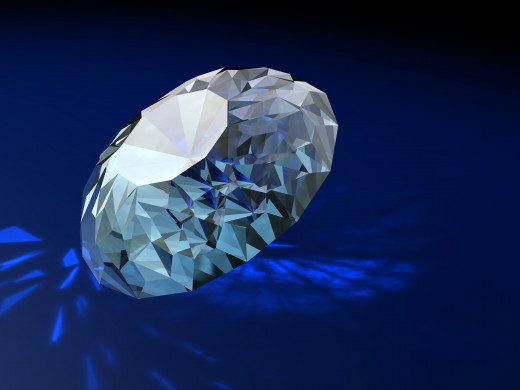
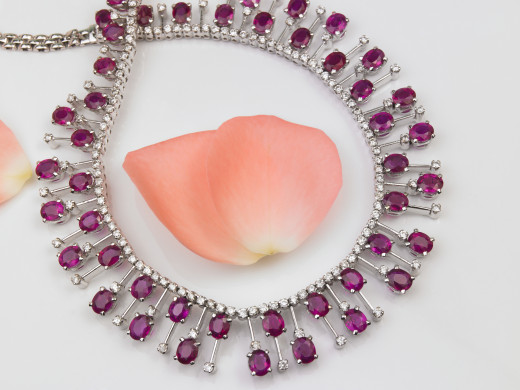
Precious Stones
Gemstones that are usually considered as precious stones include diamonds, emeralds, rubies, and sapphires. Sometimes pearls and opals are also described as precious gemstones. What does the term really mean? Some jewelers no longer differentiate between precious and semi precious stones, while others prefer the term “premium” to describe stones and cuts of high quality. Even when the precious and semi precious terms are used, it’s important to remember that gemstones can move from one category to another, partially depending on their rarity and their popularity. Also, a “semi precious” stone can be as costly as a precious stone if it’s rare or of unusual quality.
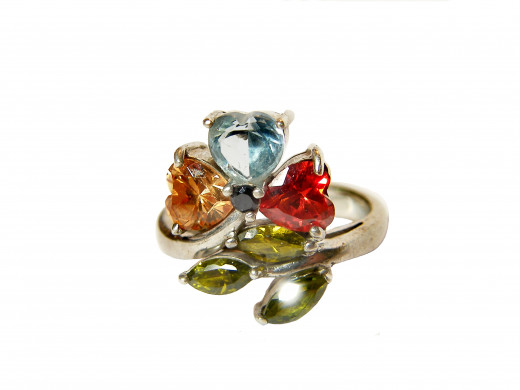
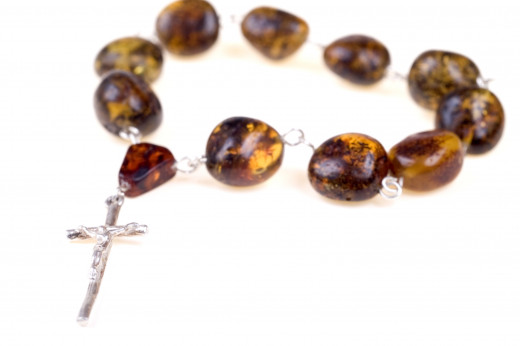
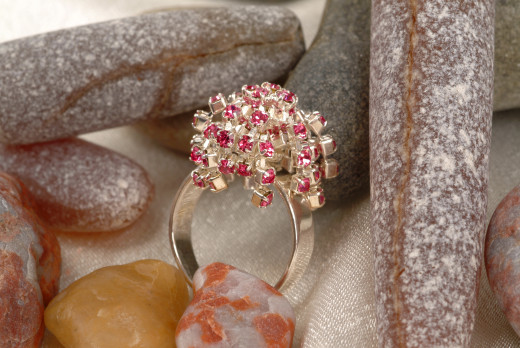
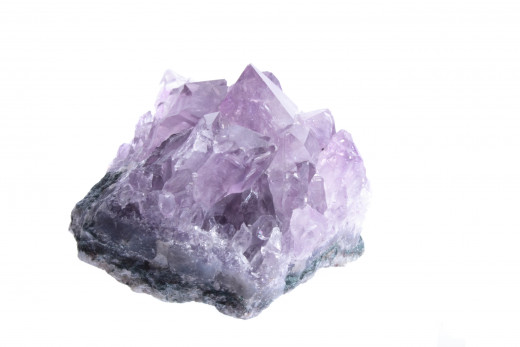
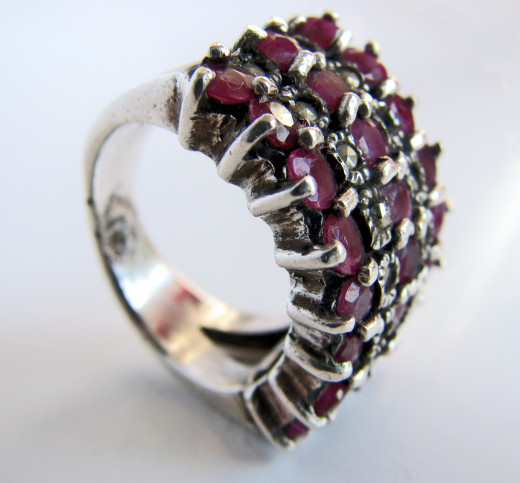
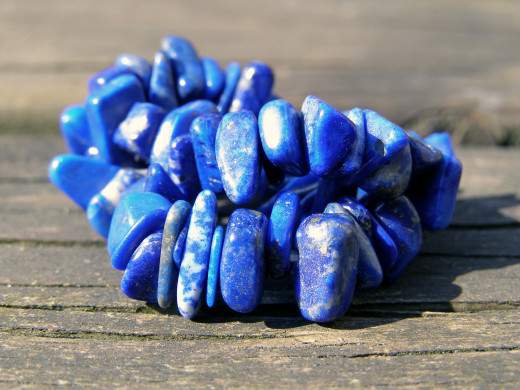
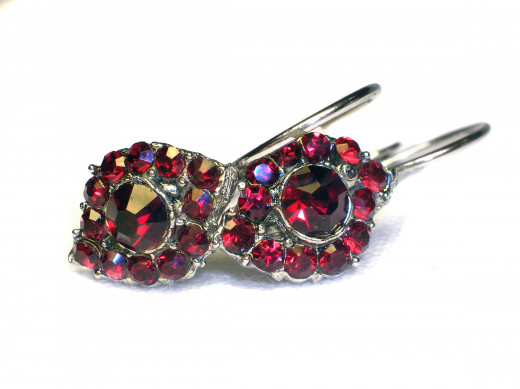
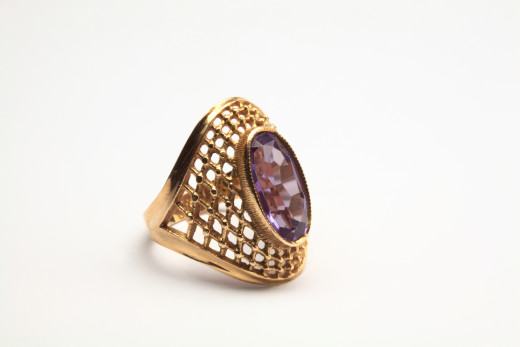
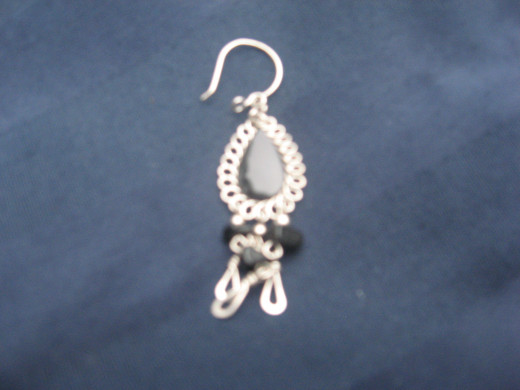
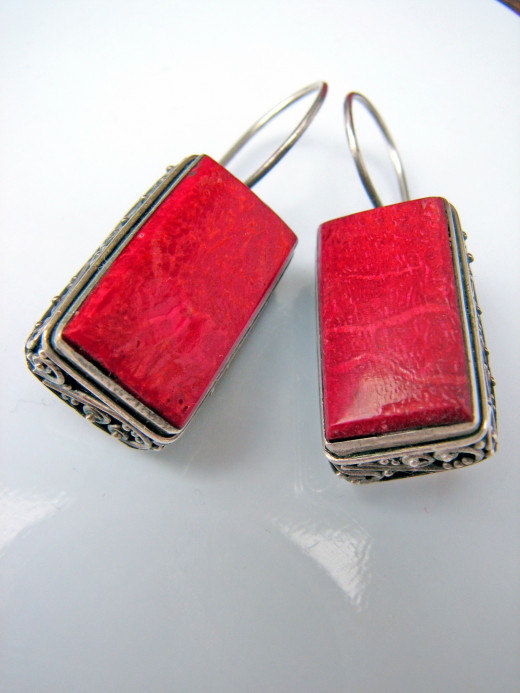
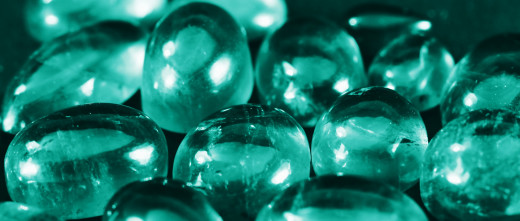
Semi Precious Stones
The gemstones often included in a list of semi precious gemstones include garnet, amethyst, tourmaline, onyx, tanzanite, coral, hematite, spinel, Amazon stone, aquamarine, citrine, topaz, morganite, turquoise, peridot, cat’s eye, tiger eye, tsavorite, lapis, jade, and moonstone. Different types and colors of quartz are also used in jewelry settings and are usually considered as semi precious stones. Gemstones can be found in practically every color you can think of, and if you’re not familiar with the wide range of stones, below are brief descriptions of some of the most popular.
Agate – Most agates come from volcanic rock. Colors range from greenish gray to blue to black to shades of red. It might have stripes or an “eye.”
Amazonite – a type of feldspar. It’s bright green in color.
Amber – fossilized resin from trees. Deep gold in color. Amber might contain insects or plant material.
Amethyst – a type of quartz. Clear, ranging in color from violet to deep purple. Amethyst was considered a precious stone before large quantities were found.
Aquamarine – a variety of beryl. Ranges from pale bluish green to dark blue.
Aventurine – a type of quartz that’s usually green but can also be found in shades of blue, gray,brown, and orange.
Cat’s eye – a type of chrysoberyl, also known as “cymophane.” The clear or translucent stones are yellow to pale green.
Citrine – a type of quartz, citrine is usually a clear yellowish green or brownish green.
Coral – made from the skeletons of marine animals. Ranges in color, from pink to red.
Garnet – a silicate that can be found in almost any color, including blue, purple, green, black, red, yellow, pink, and clear.
Heliotrope – a type of silica stone that’s usually green, with red specks. Also called “bloodstone.”
Hematite – a form of iron oxide that can be dull or bright. Typical colors include red and gray.
Jade – a metamorphic rock in shades of green, white, brown, blue, and pink.
Jasper – a form of silica. The stones are opaque, in shades of red, brown, yellow, or green. Stripes are sometimes present.
Labradorite – a type of feldspar. It can be blue, gray, yellow, brown, or green and often has a pearly sheen.
Lapis – a beautiful blue stone that might have white streaks.
Malachite – a mineral that’s green in color, often with pale green bands.
Moonstone – a type of feldspar that can be white, pink, brown, blue, or green. It has an opalescent luster.
Morganite – a type of beryl that ranges in color from pale pink to deep rose. Yellow shades of morganite are also found occasionally.
Onyx – a type of silicate with a silky luster. Onyx can be black, red, yellow, brown, green, gray, or white.
Peridot – a bright or subtle olive green with a glass-like luster. Peridot is found in lava rocks and in meteorites.
Pezzottaite – a form of beryl in shades of red or pink, sometimes with white streaks. Also known as “raspberyl.”
Prehnite – a silicate mineral, usually pale yellow, light greenish yellow, white, gray, or clear. It can have a glass-like or pearlescent luster.
Red beryl – an extremely valuable gemstone that’s deep red.
Rhodolite – a silicate found in North Carolina. Rhodolite can be rose colored, maroon, or light reddish purple. The stones are transparent.
Rose quartz – a variety of quartz that’s a translucent pink or rose color.
Smoky quartz – ranges in color from clear gray to an opaque grayish-brown.
Spinel – an oxide mineral with a glass-like luster. Colors include red, yellow, dark green, black, mauve, brown, and blue.
Tanzanite – a mineral found only in Tanzania, near Mount Kilimanjaro. Tanzanite is transparent and can range in shades of blues, violets, and purples.
Tiger’s eye – a metamorphic rock with a silk-like sheen. The striped or banded stones can be yellow, golden, red, or brown.
Topaz – a silicate mineral that is clear and colorless in its pure form. Impurities provide color, including orange, gray, bluish-brown, blue, pink, deep red, or yellow.
Tourmaline – a crystal silicate with a glassy luster. Colors include black, brown, pink, green, blue, red, yellow, and clear. Some examples are bi-colored or tri-colored.
Tsavorite – a mineral that’s part of the garnet group. It’s a clear, bright green.
Turquoise – a phosphate mineral that has been prized for centuries. Colors can range from pale yellowish-green to bluish green to bright blue. The stones might have dark veins running through them.
Online Jewelry Stores
Online jewelry stores can be a wonderful way to buy jewelry. You can shop all sorts of stores without leaving your home, and you’ll get to see thousands of individual pieces. Shopping online jewelry stores is also a great way to compare prices and values. Unfortunately, there are some unscrupulous merchants in the jewelry trade, just like there are in most goods. Make sure you shop only stores that have earned good reputations. In fact, it’s best to buy from stores that are members of Jewelers of America.
Also, when you buy jewelry online, make sure you read the “fine print” and completely understand what you’re buying. For example, don’t buy gold-clad jewelry when you meant to purchase real gold jewelry. Make sure you know the difference in gold, gold filled, gold plated, and gold washed. The same advice should be used when buying jewelry made of platinum or silver, too.
Many people shop for jewelry on Ebay, and this can produce a mixed bag. I’ve had pretty good luck buying jewelry online from Ebay sellers, but I know people who have been scammed. My best friend, for example, recently purchased some jewelry on Ebay that was described as sterling silver, but when the articles arrived, she discovered that they weren’t real sterling jewelry. If you find some jewelry on Ebay that you like, ask the seller for a photo that shows the stamp on the piece. If the seller refuses, look for another item. Another good way to tell something about the seller is to check out their feedback score and read the feedback the seller has received from buyers.
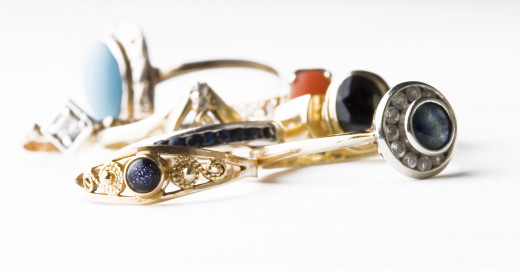
Pawn Shop Jewelry
Have you ever shopped for pawn shop jewelry? You can find some great deals, but you need to be careful. Sometimes you’ll find older pieces of jewelry that aren’t stamped, so you aren’t sure what you’re getting. Unless you’re an expert, it can be hard to tell if precious metals and gemstones are “real.” If you find a piece you like, examine it closely for hallmarks and stamps. Use the above guidelines in your quest when you’re examining precious metals.
Buying gemstones can be tougher. The average consumer might having a hard time trying to tell if a stone is real or not. Oftentimes, however, the markings on the metal setting will give you a hint as to the quality of the gemstones in the article. For example, it would unlikely to find an authentic, quality emerald in a setting of inferior gold or cheap metals. It can also be a good idea to take a magnet with you when you’re shopping for jewelry. Silver and gold are not magnetic, so if the jewelry is strongly attracted to a magnet, a red flag should go up – unless the article is blue-white gold, which is comprised of gold and iron. On the other hand, just because the piece isn’t attracted to a magnet doesn’t mean it’s “real.” Copper, for example, is a common base metal used in jewelry, and it’s not attracted to magnets.
Pawn shop owners are like most business owners –they want to gain a good name in the community for return business. If the jewelry item you want is stamped legitimately, it’s just as good as one you’d find at regular jewelry stores, but you’ll find that it will most likely have a much smaller price tag. Remember - discount jewelry can be great! Shop around some before making a final decision, and do some comparisons. In many cases, pawn stores don’t give refunds. At least, they don’t usually give cash refunds. They might, however, offer you store credit for returned items. Make sure you’re really happy with pawn shop jewelry before money changes hands.



